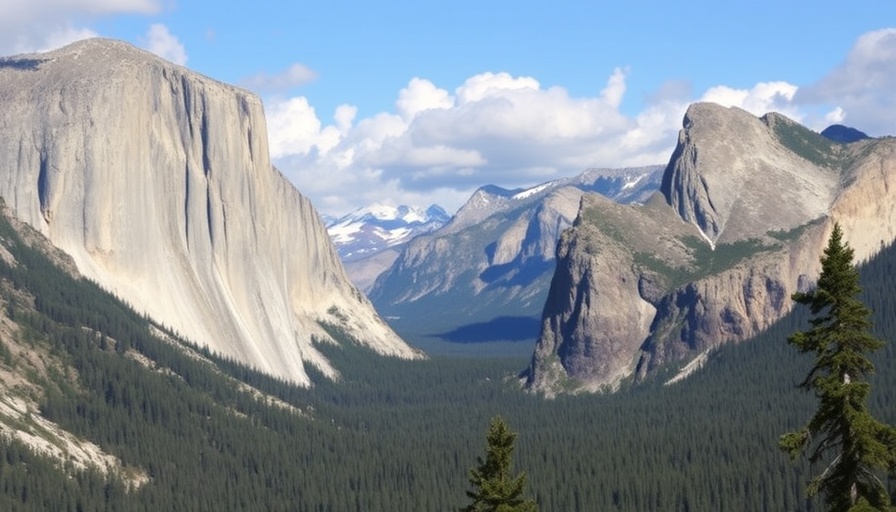
Introduction: The Struggle for Public Lands
The connection between American history and its public lands has always been complex and fraught with tension. During the McCarthy era, individuals like Roald Peterson faced orchestrated attacks on environmental and civil rights, a narrative that feels increasingly relevant as public lands today come under threat. The struggle isn’t merely one of preserving beautiful landscapes; it’s a fight for values that impact us all, including homebuyers and community members invested in sustainable living.
Historical Context: Echoes of the Past
In the 1950s, the culture wars jeopardized advocates like Peterson, showcasing how environmental issues can intertwine with national identity and civil liberties. Today, we see a similar dynamic as reactionaries in Congress push to sell public lands. Understanding this historical context is essential for the modern homebuyer or property investor who wishes to recognize how policies surrounding land use can affect both property values and community wellbeing.
The Value of Public Lands Beyond Real Estate
Public lands are not just picturesque landscapes; they are essential ecosystems that support local economies and sustain a variety of life. For homeowners and potential investors in areas surrounding these lands, the health of this environment affects property values. When public spaces deteriorate, not only does biodiversity suffer, but so too does the appeal of living nearby. Recognizing the intrinsic and economic value of these lands can drive more informed decisions about where to invest and settle.
Future Predictions: Defending Our Shared Spaces
As we look towards the future, the assertion that public lands are in jeopardy could fuel movements for conservation efforts. In a climate where ecological awareness among consumers is growing, investing in properties that prioritize sustainability could ensure long-term gains. Moreover, community engagement and advocacy to protect public lands can nurture a stronger market for eco-conscious and community-oriented living spaces. Homebuyers can leverage this momentum to drive demand for eco-friendly homes.
Understanding the Risks and Challenges Ahead
As the conversation around public land sales intensifies, it is crucial for prospective homeowners to be aware of the broader implications. The real estate market often mirrors socio-political sentiments; hence, as public policy concerning land usage shifts, so too might property values. Understanding these risks, including potential declines in local investments or adverse environmental impacts, equips potential buyers and investors with the knowledge to advocate effectively for regulations that promote sustainability.
Actionable Insights: Strategies for a Responsible Tomorrow
For homebuyers and sellers in the Dumfries market, there are several proactive steps they can take to align their investments with sustainable practices. Engaging with local government initiatives to protect public lands or advocating for policies that promote responsible land use can enrich the community's fabric. Consider joining local conservation groups or supporting green initiatives that emphasize sustainable property development that respects existing ecosystems.
Conclusion: A Call for Collective Responsibility
In these challenging times, it is vital to remember that public lands belong to all of us. For those navigating the real estate market, understanding the link between land conservation and investment is crucial. By valuing our shared environments and advocating for their protection, we can all contribute to a more sustainable future. Now is the time to act, driving community efforts to protect these vital spaces that enhance our quality of life.
Join local groups, participate in discussions about public lands, and consider how your real estate investments can positively impact both your family and your community. Together, we can preserve our beloved wilderness for future generations.
 Add Row
Add Row  Add
Add 





Write A Comment